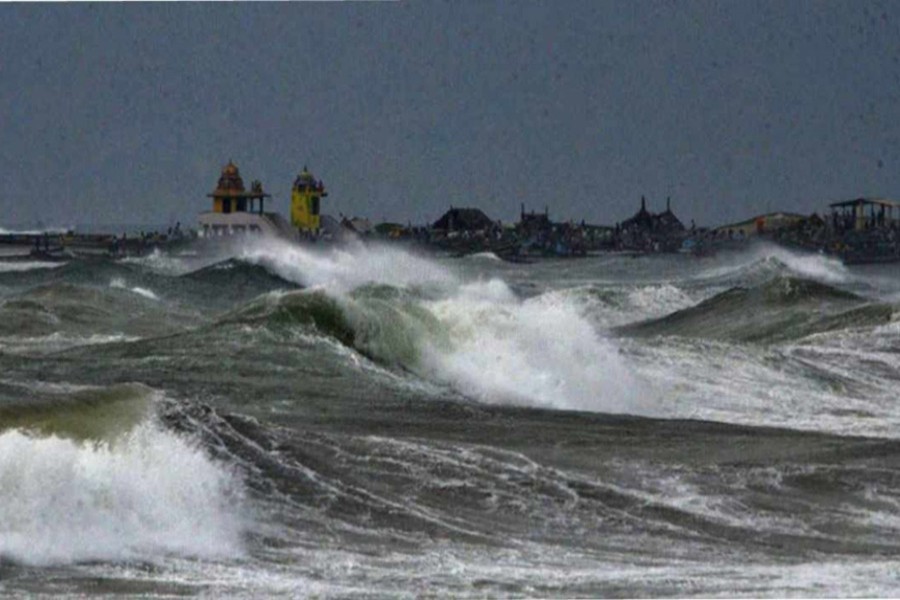At least 72 people were killed in eastern India after a powerful cyclone tore through coastal areas and neighbouring Bangladesh, a state chief minister said on Thursday.
The cyclone struck the state of West Bengal on Wednesday, devastating villages, tearing down power lines, and leaving large tracts of land under water.
Mass evacuations organised by authorities before Cyclone Amphan made landfall undoubtedly saved countless lives, but the full extent of the casualties and damage to property would only be known once communications were restored, officials said.
In the Indian state of West Bengal, Chief Minister Mamata Banerjee said on Thursday that at least 72 people had perished - most of them either electrocuted or killed by trees uprooted by winds that gusted up to 185 km per hour (115 mph).
When the cyclone barrelled in from the Bay of Bengal on Wednesday the storm surge of around five metres resulted in flooding across the low-lying coastal areas.
Reuters Television footage shot in West Bengal showed upturned boats on the shore, people wading through knee-deep water and buses crashed into each other. More images showed villagers trying to lift fallen electricity poles, fishermen hauling their boats out of a choppy sea, and uprooted trees lying strewn across the countryside.
Designated a super cyclone, Amphan has weakened since making landfall. Moving inland through Bangladesh, it was downgraded to a cyclonic storm on Thursday by the Indian weather office. And the storm was expected to subside into a depression later.
Indian Prime Minister Narendra Modi posted a tweet expressing concern over the people suffering in West Bengal.
"Have been seeing visuals from West Bengal on the devastation caused by Cyclone Amphan. In this challenging hour, the entire nation stands in solidarity with West Bengal," he said.
Concern was growing over flooding in the Sundarbans, an ecologically-fragile region straddling the Indian-Bangladesh border, best known for thick mangrove forests and its tiger reserve.
"The tidal surge submerged some part of the forest," said Belayet Hossain, a forest official on the Bangladesh side of the forest. "We have seen trees uprooted, the tin-roofs of the guard towers blown off," he said.
Over on the Indian side of the Sundarbans, a village official said embankments surrounding a low-lying island, where some 5,000 people live, had been washed away, and he had been unable to contact authorities for help.
"We have not been able inform them about anything since last night, the official, Sanjib Sagar, told Reuters.
Authorities in both countries managed to evacuate more than three million people, moving them to storm shelters before Amphan struck. But the evacuation effort was focused on communities that lay directly in the cyclone's path, leaving villages on the flanks still vulnerable.
The airport in Kolkata, West Bengal's state capital, lay under water and several neighbourhoods in the city of 14 million people have had no electricity since the storm struck, according to residents.
After the storm passed people were trying to retrieve articles from the rubble of their shops in the city.
Pradip Kumar Dalui, an official in the state's South 24 Parganas area, said that storm waters breached river embankments in several places, flooding over half a dozen villages, that were home for more than 100,000 people.
Electricity lines and phone connections were down in many places, but so far no deaths had been reported in this area, he said.
The cyclone came at a time when the two countries are battling to stop the spread of the coronavirus, and some evacuees were initially reluctant to leave their homes for fear of possible infection in the packed storm shelters, reports bdnews24.com.


